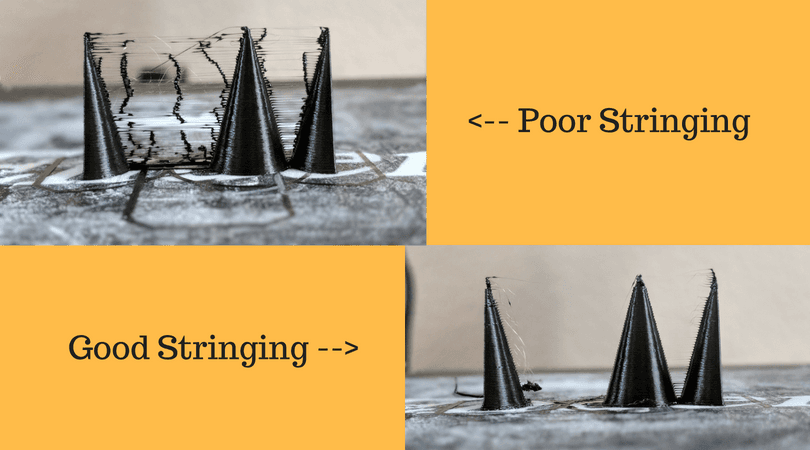Stringing, also often referred to as Oozing, is when a print has small hairs or in extreme cases thick lines of the filament in between the outside perimeter of two print locations. Luckily cleanup for Stringing is generally pretty simple as long as the stringing isn't extreme. If you are unfortunate enough to have extreme stringing, then this guide and the included test print should get you up and running in no time.
This model is fully parameterized if you have Inventor.
<p style="text-align: center; font-style: italic;"> Preview of model in Inventor </p> ContentsThis project contains a .stl file that has 3 Cones in a line. They are set up so that they test every length from 0mm to 15mm by default. There is also a .ipt file if you have Inventor and would like to make modifications to this. This model only uses one parameter, the longest distance you want stringing to be tested at and it automagically does the rest for you.
Goals of This PrintThe two major factors affecting stringing are Retraction and Temperature. Too high of a Temperature would cause a host of other issues in your prints so if you are mainly just experiencing stringing then Retraction is probably your issue. The included .stl tests stringing from 0mm to 15mm by default. Small strings often referred to as hairs are very common at small distances and are very easy to clean up after the print has finished. If stringing is prominent on the longer distances then I would look into the troubleshooting steps.

